Fireplace Filling House With Smoke

Table of Contents
Fireplace Filling House with Smoke: Troubleshooting and Prevention
A cozy fireplace is a cherished feature of many homes, but when it starts filling your house with smoke, the idyllic scene quickly turns into a frustrating and potentially dangerous situation. This article will guide you through the common causes of fireplace smoke backdrafting into your home, offering troubleshooting tips and preventative measures to ensure a safe and enjoyable fireplace experience.
Understanding the Problem: Why is My Fireplace Smoking?
Smoke entering your living space instead of exiting the chimney is a sign that something is amiss with your fireplace's draft. A proper draft relies on several factors working in harmony:
- Negative Pressure: Your home needs sufficient outside air intake to replace the air being drawn up the chimney. Insufficient air intake creates negative pressure, pulling smoke back into the house.
- Chimney Draft: A blocked or damaged chimney can severely impair the upward flow of smoke. This is arguably the most common reason for a smoky fireplace.
- Wind Conditions: Strong winds can disrupt the airflow, pushing smoke back down the chimney.
- Creosote Buildup: An accumulation of creosote, a highly flammable byproduct of burning wood, can restrict airflow and even lead to chimney fires.
- Incorrect Chimney Size and Height: A chimney that's too short or narrow for the size of your fireplace can struggle to create a strong enough draft.
- Barometric Pressure: Changes in atmospheric pressure can affect the chimney's draft, particularly during stormy weather.
Troubleshooting Your Smoky Fireplace: Step-by-Step Guide
Before calling a chimney sweep, try these troubleshooting steps:
1. Check for Obstructions:
- Chimney Cap: Inspect the chimney cap for blockages like bird nests, leaves, or debris. A clogged cap significantly reduces airflow.
- Chimney Interior: If possible, visually inspect the inside of the chimney for blockages further down. Use a flashlight and a long, sturdy tool to dislodge anything found. Warning: Never enter a chimney yourself; it's incredibly dangerous.
- Fireplace Damper: Ensure the damper is fully open. A partially closed or malfunctioning damper can severely restrict airflow.
2. Improve Air Circulation:
- Open Windows and Doors: Open windows and doors to increase air circulation within your home. This helps create the positive pressure needed to draw smoke upwards.
- Check Air Intake Vents: Make sure that any air intake vents in your home, particularly near the fireplace, are not blocked.
3. Evaluate the Fire:
- Type of Wood: Burning damp or green wood produces more smoke and reduces the chimney draft. Use only seasoned hardwood.
- Fire Size: A too-large fire can overwhelm the chimney's capacity. Start with a smaller fire and gradually increase the size as needed.
- Proper Kindling: Use dry kindling to start the fire efficiently, avoiding excessive smoke production in the initial stages.
4. Consider External Factors:
- Wind Direction: Strong winds blowing directly down the chimney can cause backdrafting. Consider postponing your fire until wind conditions improve.
- Barometric Pressure: Low barometric pressure can worsen the problem. Check the weather forecast before lighting a fire.
Preventing Future Smoke Problems: Long-Term Solutions
Regular maintenance is key to preventing your fireplace from smoking.
- Annual Chimney Inspection and Cleaning: Schedule an annual inspection by a certified chimney sweep. They will check for creosote buildup, obstructions, and structural damage. Creosote removal is crucial for fire safety and optimal draft.
- Chimney Repair or Replacement: If the chimney is damaged or improperly sized, repairs or replacement may be necessary.
- Proper Firewood: Use only seasoned, dry hardwood. Avoid softwoods, which produce excessive creosote.
- Regular Maintenance: Keep the fireplace and chimney area clean and free of debris.
When to Call a Professional
If you've tried these troubleshooting steps and your fireplace continues to fill the house with smoke, it's crucial to contact a certified chimney sweep or fireplace professional. They have the expertise and equipment to diagnose the problem accurately and implement the necessary repairs or solutions. Ignoring a persistent smoke issue can pose serious health risks and increase the risk of a chimney fire.
By understanding the causes of fireplace smoke and following these preventive measures, you can enjoy the warmth and ambiance of your fireplace without the frustration and dangers of smoke inhalation. Remember, safety is paramount.

Thank you for visiting our website wich cover about Fireplace Filling House With Smoke. We hope the information provided has been useful to you. Feel free to contact us if you have any questions or need further assistance. See you next time and dont miss to bookmark.
Featured Posts
-
Coastal Dining Room Light
Dec 26, 2024
-
Custom Glass Fireplace Screen
Dec 26, 2024
-
Azerbaijan Airlines Crash Near Aktau
Dec 26, 2024
-
Zuri Living Room Furniture
Dec 26, 2024
-
Wall Mount Patio Heaters
Dec 26, 2024